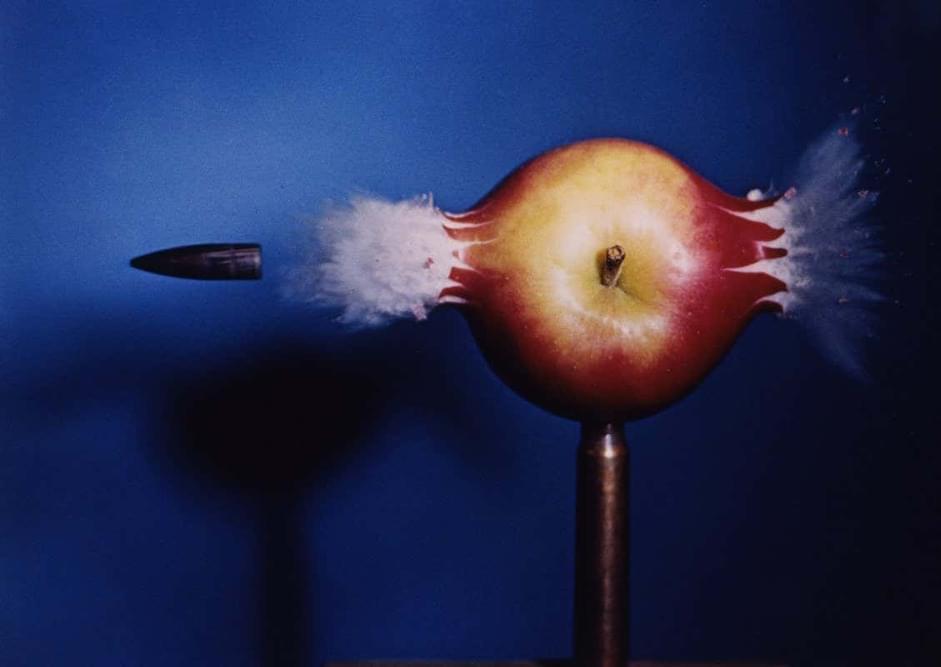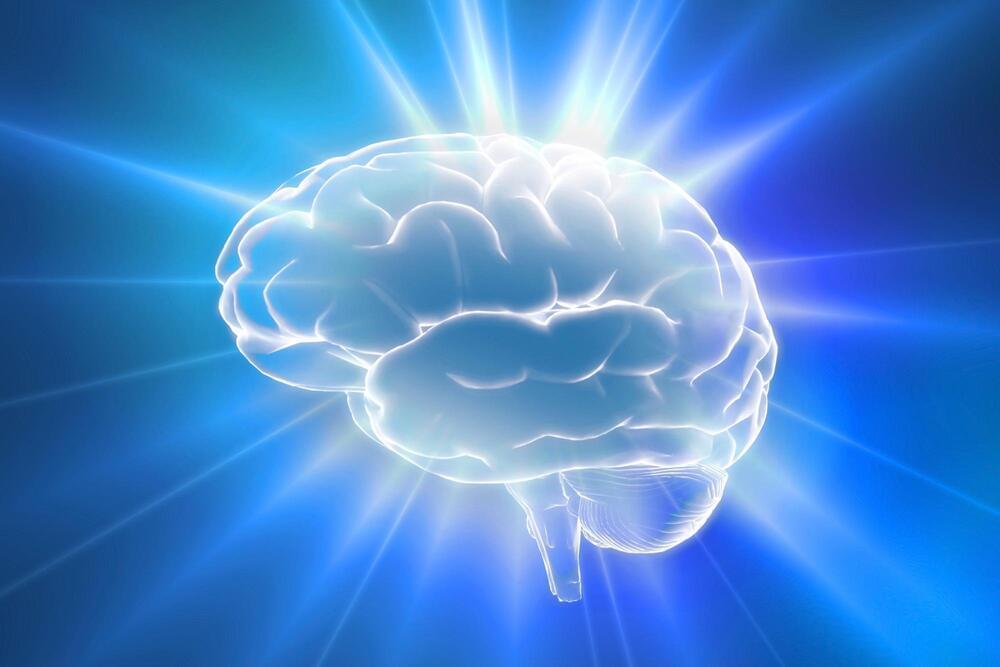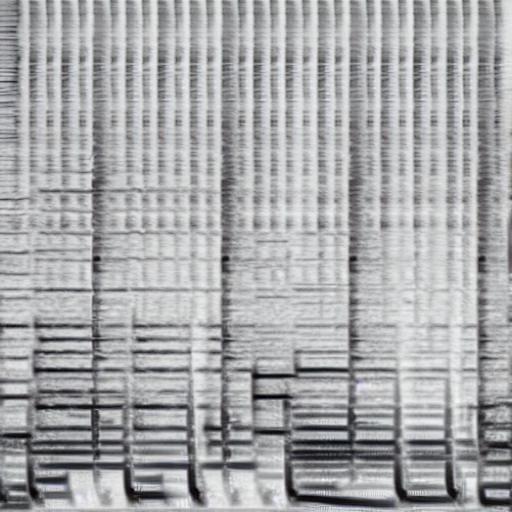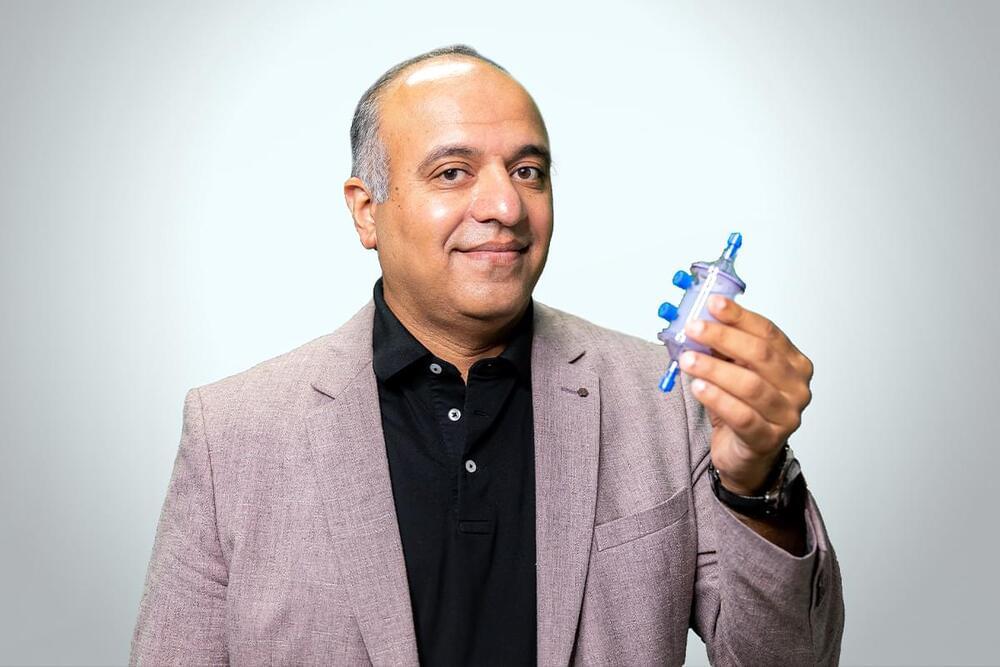The forecast, first reported by Reuters, represents how some in Silicon Valley are betting the underlying technology will go far beyond splashy and sometimes flawed public demos.
OpenAI was most recently valued at $20 billion in a secondary share sale, one of the sources said. The startup has already inspired rivals and companies building applications atop its generative AI software, which includes the image maker DALL-E 2. OpenAI charges developers licensing its technology about a penny or a little more to generate 20,000 words of text, and about 2 cents to create an image from a written prompt, according to its website.
A spokesperson for OpenAI declined to comment on its financials and strategy. The company, which started releasing commercial products in 2020, has said its mission remains advancing AI safely for humanity.






